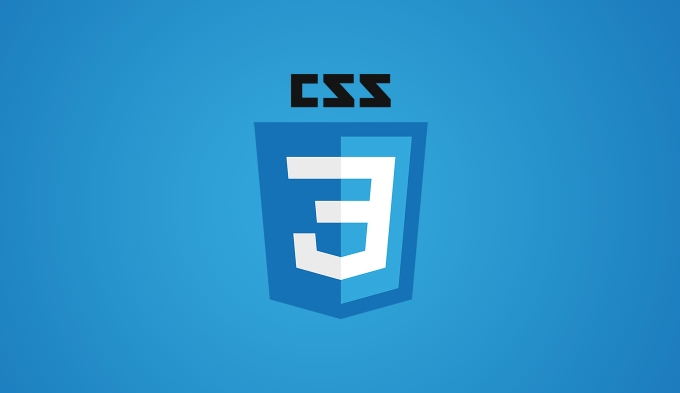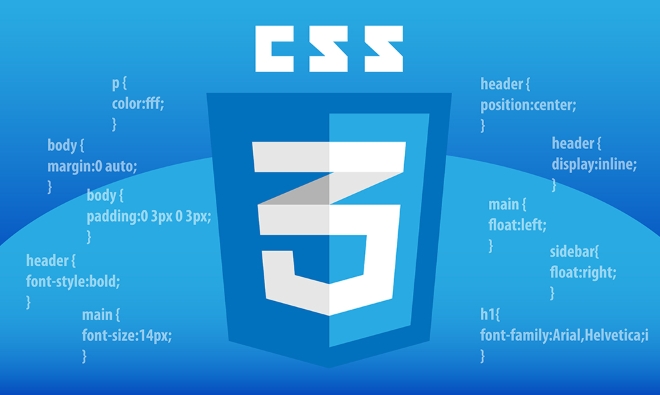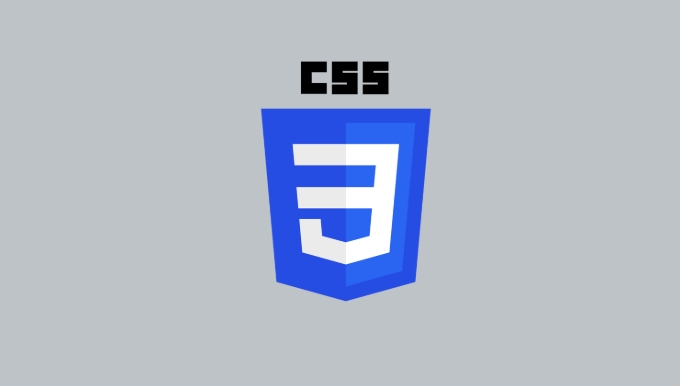There are three common ways to implement CSS multi-column layout: 1. Use columns attribute to automatically divide text content, which is simple and efficient but cannot accurately control the content of each column; 2. Use Flexbox, which is suitable for horizontal arrangement, which is flexible in control but requires manual calculation of width; 3. Use CSS Grid, which is suitable for complex layout, which is powerful but has high learning costs. The selection method should be determined based on the content type and layout requirements.

To implement CSS multi-column layout, there are actually several common ways, and which one is mainly based on your specific needs. The most direct way is to use the columns attribute of CSS, which is simple and efficient. If you need more granular control, you can also use Flexbox or Grid.

1. Use columns attribute (the easiest way)
This is the most direct method, suitable for scenarios where text content is automatically divided into columns, such as article and news layout.
You can write this way:

.multi-column {
columns: 3 auto;
}The meaning of this code is: divided into 3 columns, and each column has its height automatically adjusted.
You can also set the number of columns and column width separately:

columns: 3; /* 3 columns*/ columns: 200px; /* 200px width per column */ columns: 3 200px; /* Up to 3 columns, each column width is 200px */
Notice:
- Content will be automatically divided into columns
- Can't accurately control the content distribution of each column
- Not suitable for complex layout structures
2. Use Flexbox (a container suitable for horizontal arrangement)
Flexbox is more suitable for controlling the horizontal arrangement of multiple sub-elements, such as navigation bars, card lists, etc.
Basic writing method:
.container {
display: flex;
gap: 10px;
}This will arrange the child elements horizontally and will not wrap lines by default. If you want to control the number of columns, you can calculate it in combination with the width:
- For example, if you want to arrange it into 3 columns, you can do this:
.container {
display: flex;
flex-wrap: wrap;
}
.column {
flex: 0 0 calc(33.33% - 7px); /* 3 columns, consider gap spacing*/
}advantage:
- Flexible control
- Can be used with responsive design
shortcoming:
- Need to manually calculate the width
- Visually misaligned when column heights are inconsistent
3. Use CSS Grid (suitable for complex layouts)
Grid is the most powerful layout method, especially suitable for two-dimensional layout (both rows and rows are controlled).
Basic writing method:
.grid-container {
display: grid;
grid-template-columns: repeat(3, 1fr);
gap: 10px;
}The above code will create a 3-column equal width grid layout.
More complex structures can also be controlled like this:
grid-template-columns: 200px 1fr 1fr; /* The first column has fixed width, and the last two columns are adaptable*/
advantage:
- Accurately control the number of columns, column width, and row height
- Support responsive layout
shortcoming:
- Learning costs are slightly higher
- Compatibility with old browsers
4. Precautions and FAQs
- Problem of content breaking : The
columnsmethod may break the line in an inappropriate position. You can usebreak-inside: avoid;to avoid elements being truncated. - Responsive design : On the mobile side, you may need to adjust the number of columns and can be used in conjunction with media queries.
- Browser Compatibility :
columnsare well supported in modern browsers, but may not be supported in some older versions.
Basically these methods. Which method to choose depends on your content type and layout requirements. Use columns for simple text segmentation, and use Flexbox or Grid for structured containers, each with applicable scenarios.
The above is the detailed content of How to create a multi-column layout in CSS?. For more information, please follow other related articles on the PHP Chinese website!

Hot AI Tools

Undress AI Tool
Undress images for free

Undresser.AI Undress
AI-powered app for creating realistic nude photos

AI Clothes Remover
Online AI tool for removing clothes from photos.

Clothoff.io
AI clothes remover

Video Face Swap
Swap faces in any video effortlessly with our completely free AI face swap tool!

Hot Article

Hot Tools

Notepad++7.3.1
Easy-to-use and free code editor

SublimeText3 Chinese version
Chinese version, very easy to use

Zend Studio 13.0.1
Powerful PHP integrated development environment

Dreamweaver CS6
Visual web development tools

SublimeText3 Mac version
God-level code editing software (SublimeText3)
 CSS tutorial for creating loading spinners and animations
Jul 07, 2025 am 12:07 AM
CSS tutorial for creating loading spinners and animations
Jul 07, 2025 am 12:07 AM
There are three ways to create a CSS loading rotator: 1. Use the basic rotator of borders to achieve simple animation through HTML and CSS; 2. Use a custom rotator of multiple points to achieve the jump effect through different delay times; 3. Add a rotator in the button and switch classes through JavaScript to display the loading status. Each approach emphasizes the importance of design details such as color, size, accessibility and performance optimization to enhance the user experience.
 Addressing CSS Browser Compatibility issues and prefixes
Jul 07, 2025 am 01:44 AM
Addressing CSS Browser Compatibility issues and prefixes
Jul 07, 2025 am 01:44 AM
To deal with CSS browser compatibility and prefix issues, you need to understand the differences in browser support and use vendor prefixes reasonably. 1. Understand common problems such as Flexbox and Grid support, position:sticky invalid, and animation performance is different; 2. Check CanIuse confirmation feature support status; 3. Correctly use -webkit-, -moz-, -ms-, -o- and other manufacturer prefixes; 4. It is recommended to use Autoprefixer to automatically add prefixes; 5. Install PostCSS and configure browserslist to specify the target browser; 6. Automatically handle compatibility during construction; 7. Modernizr detection features can be used for old projects; 8. No need to pursue consistency of all browsers,
 What is the difference between display: inline, display: block, and display: inline-block?
Jul 11, 2025 am 03:25 AM
What is the difference between display: inline, display: block, and display: inline-block?
Jul 11, 2025 am 03:25 AM
Themaindifferencesbetweendisplay:inline,block,andinline-blockinHTML/CSSarelayoutbehavior,spaceusage,andstylingcontrol.1.Inlineelementsflowwithtext,don’tstartonnewlines,ignorewidth/height,andonlyapplyhorizontalpadding/margins—idealforinlinetextstyling
 Styling visited links differently with CSS
Jul 11, 2025 am 03:26 AM
Styling visited links differently with CSS
Jul 11, 2025 am 03:26 AM
Setting the style of links you have visited can improve the user experience, especially in content-intensive websites to help users navigate better. 1. Use CSS's: visited pseudo-class to define the style of the visited link, such as color changes; 2. Note that the browser only allows modification of some attributes due to privacy restrictions; 3. The color selection should be coordinated with the overall style to avoid abruptness; 4. The mobile terminal may not display this effect, and it is recommended to combine it with other visual prompts such as icon auxiliary logos.
 Creating custom shapes with css clip-path
Jul 09, 2025 am 01:29 AM
Creating custom shapes with css clip-path
Jul 09, 2025 am 01:29 AM
Use the clip-path attribute of CSS to crop elements into custom shapes, such as triangles, circular notches, polygons, etc., without relying on pictures or SVGs. Its advantages include: 1. Supports a variety of basic shapes such as circle, ellipse, polygon, etc.; 2. Responsive adjustment and adaptable to mobile terminals; 3. Easy to animation, and can be combined with hover or JavaScript to achieve dynamic effects; 4. It does not affect the layout flow, and only crops the display area. Common usages are such as circular clip-path:circle (50pxatcenter) and triangle clip-path:polygon (50%0%, 100 0%, 0 0%). Notice
 What is the CSS Painting API?
Jul 04, 2025 am 02:16 AM
What is the CSS Painting API?
Jul 04, 2025 am 02:16 AM
TheCSSPaintingAPIenablesdynamicimagegenerationinCSSusingJavaScript.1.DeveloperscreateaPaintWorkletclasswithapaint()method.2.TheyregisteritviaregisterPaint().3.ThecustompaintfunctionisthenusedinCSSpropertieslikebackground-image.Thisallowsfordynamicvis
 How to create responsive images using CSS?
Jul 15, 2025 am 01:10 AM
How to create responsive images using CSS?
Jul 15, 2025 am 01:10 AM
To create responsive images using CSS, it can be mainly achieved through the following methods: 1. Use max-width:100% and height:auto to allow the image to adapt to the container width while maintaining the proportion; 2. Use HTML's srcset and sizes attributes to intelligently load the image sources adapted to different screens; 3. Use object-fit and object-position to control image cropping and focus display. Together, these methods ensure that the images are presented clearly and beautifully on different devices.
 What are common CSS browser inconsistencies?
Jul 26, 2025 am 07:04 AM
What are common CSS browser inconsistencies?
Jul 26, 2025 am 07:04 AM
Different browsers have differences in CSS parsing, resulting in inconsistent display effects, mainly including the default style difference, box model calculation method, Flexbox and Grid layout support level, and inconsistent behavior of certain CSS attributes. 1. The default style processing is inconsistent. The solution is to use CSSReset or Normalize.css to unify the initial style; 2. The box model calculation method of the old version of IE is different. It is recommended to use box-sizing:border-box in a unified manner; 3. Flexbox and Grid perform differently in edge cases or in old versions. More tests and use Autoprefixer; 4. Some CSS attribute behaviors are inconsistent. CanIuse must be consulted and downgraded.






